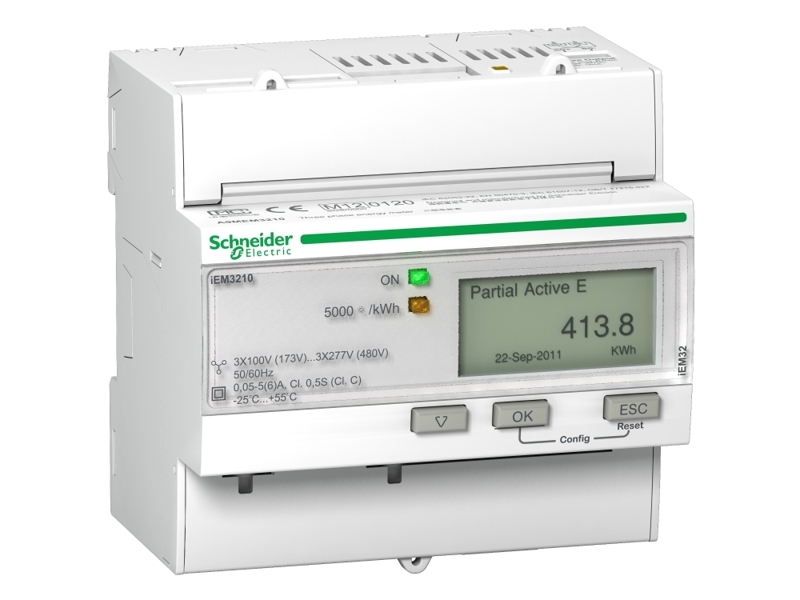SolarEdge Technologies: Enhancing Functionality with External Devices
SolarEdge technologies offer advanced solutions for optimizing solar energy production, consumption monitoring, and site performance analysis. A key aspect of this optimization is the ability to integrate a wide range of supported external devices, including meters and environmental sensors, into the SolarEdge ecosystem. This article delves into the specifics of these supported devices, showcasing how they can enhance the functionality of SolarEdge systems.
Meter Integration for Comprehensive Energy Monitoring
SolarEdge's platform supports an array of Modbus meters and external one- or three-phase revenue meters, facilitating detailed production, consumption, import, and export monitoring. These meters are integral for users aiming to maximize their solar investment and efficiently manage their energy usage. The following meters are confirmed to be compatible with SolarEdge systems, each offering unique features tailored to various monitoring needs:
- Inepro® PRO75D and PRO1250D MODBUS Meters: With MID approval, these meters are perfect for production and consumption monitoring, requiring a minimum SolarEdge device CPU firmware version of 2.348.
- Inepro® PRO1-Mod Meters (Models 0254, 0268, and 0.257): These models, starting from version 1.18, support comprehensive monitoring capabilities, including production, consumption, import, and export, with some models offering export limitation functionalities. They require SolarEdge device CPU firmware versions of 3.1808 for full functionality.
- Janitza® UMG Power Analyzers (Models 104 and 604): Although not MID approved, these analyzers provide detailed monitoring for all key energy metrics and require specific firmware versions based on the device they are connected to.
- Schneider iEM3255: This MID-approved meter supports extensive monitoring capabilities and requires a firmware version of 4.19 or later, noting its incompatibility with Delta topology.
For the detailed configuration and integration process of these meters, SolarEdge provides comprehensive guides, ensuring users can fully leverage their monitoring capabilities.
Environmental Sensors for Precise Site Performance Analysis
To accurately assess site performance and environmental conditions, SolarEdge supports the integration of various environmental sensors. These sensors measure irradiance, temperature, and wind velocity, which are crucial for calculating the site's performance ratio. SolarEdge has tested and approved a selection of sensors from Ingenieurbüro Mencke & Tegtmeyer GmbH, known for their reliability and precision:
- Temperature Sensors (Tm-I/V-4090 and Ta-I/V-4090): Offer a measurement range of -40 to +90 °C, with outputs in 4..20 mA and 0..10 V, suitable for module and ambient temperature monitoring.
- Wind Direction and Velocity Sensors: Provide accurate wind readings, essential for assessing environmental impact on solar production.
- Silicon Irradiance and Pyranometer Sensors (Si-I/V-10TC and SMP11-A/V): These sensors offer a broad range of irradiance measurements, enabling precise monitoring of solar irradiance levels.
By integrating these sensors with the SolarEdge Control and Communication Gateway (CCG), users can achieve a holistic view of their solar system's performance under varying environmental conditions.
Conclusion
The support for a wide range of external meters and environmental sensors underscores SolarEdge's commitment to providing versatile and comprehensive energy management solutions. By leveraging these supported devices, users can enhance their monitoring capabilities, optimize energy production, and ensure their solar systems operate at peak efficiency. For more information on connecting and configuring these devices, visit SolarEdge's official documentation or consult their technical support team.
